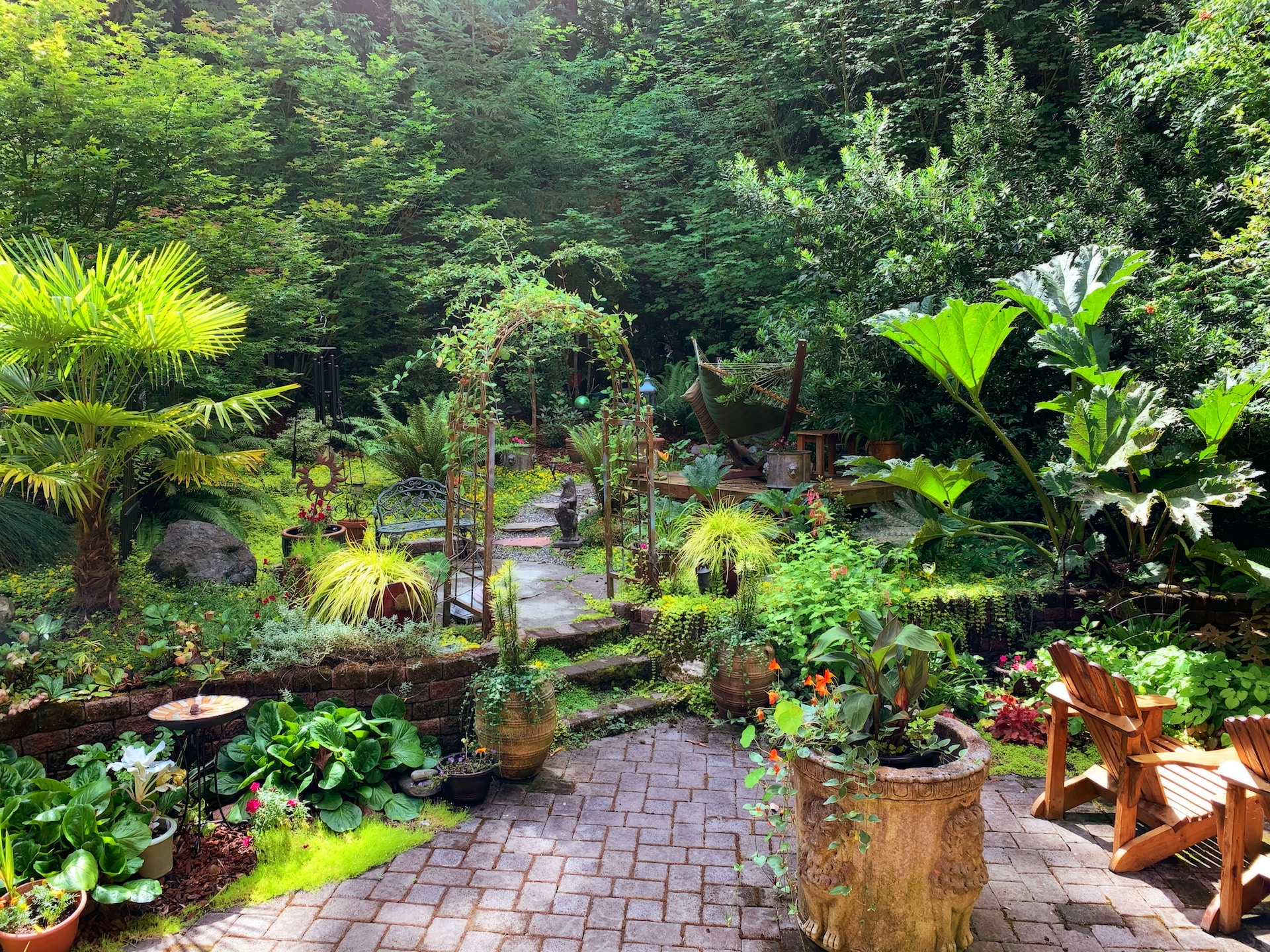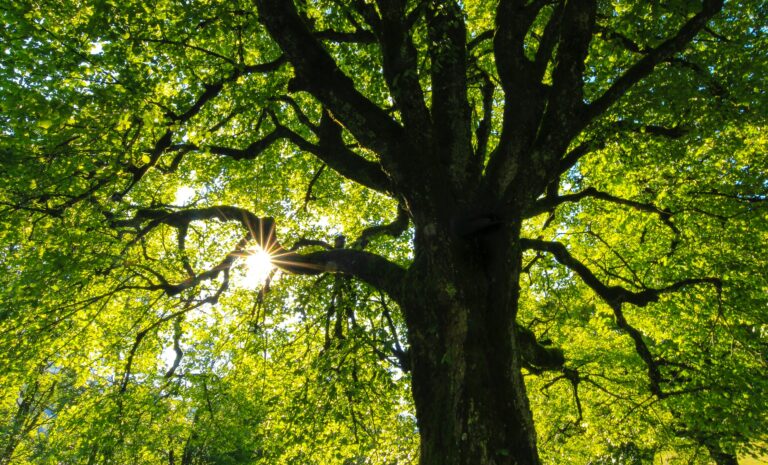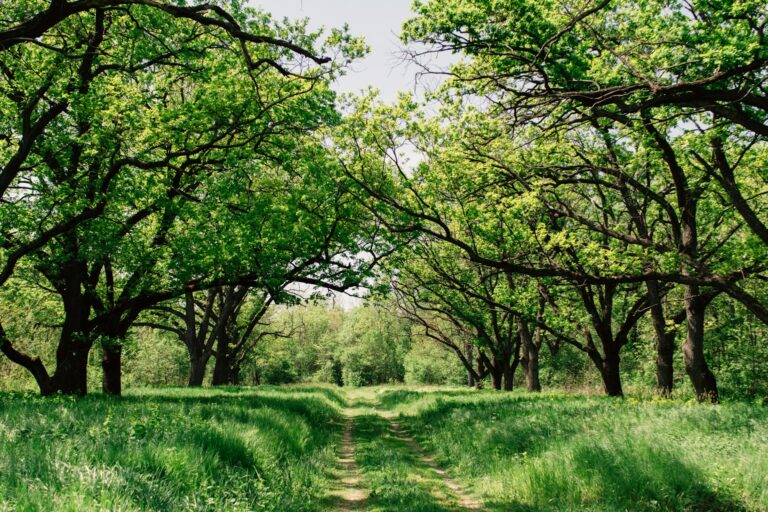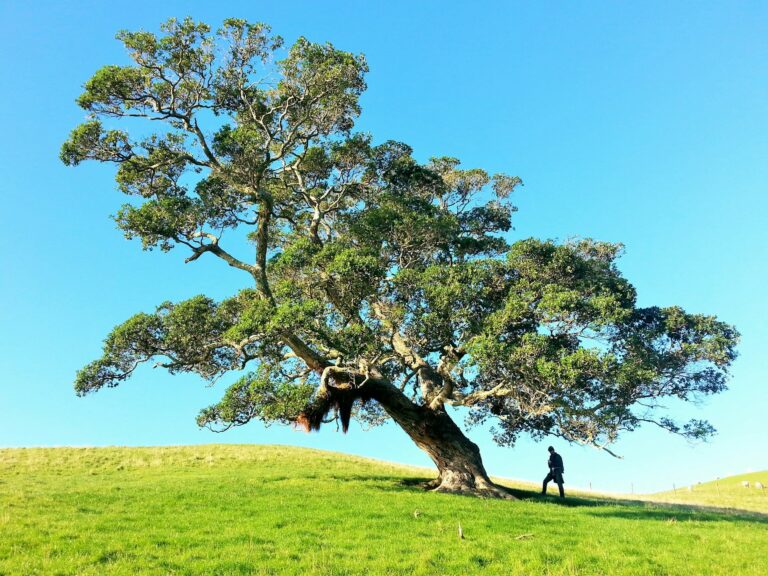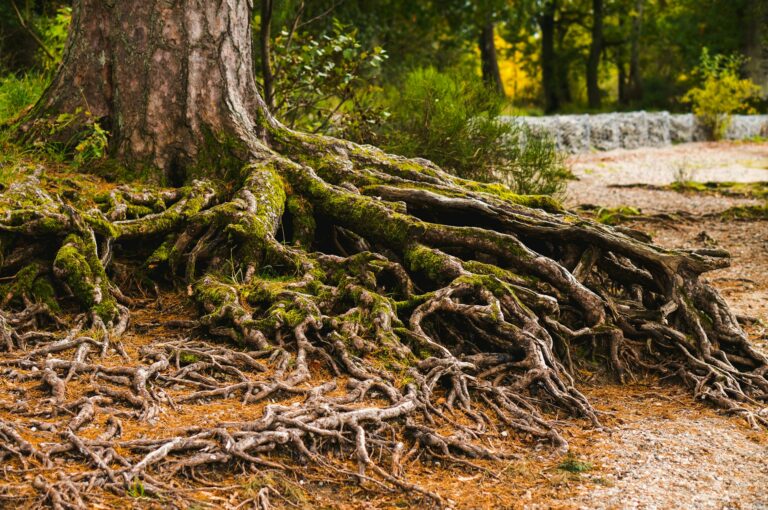Tree Preservation: Strategies for Construction Work and Landscaping Projects
Whether you are planning a construction project or embarking on a landscape renovation, safeguarding your trees from potential damage is essential to maintaining the beauty, health, and longevity of your landscape. Trees are valuable assets that require careful consideration and protection during any construction or landscaping endeavor. At Niwaki Tree & Shrub, we understand the significance of your trees and are committed to providing five-star, reliable, and local tree care services in Rock Hill, South Carolina. With our expertise, you can effectively preserve your trees while accommodating your construction or landscape design goals.
In this post, we will explore the intricacies of tree preservation during construction and landscaping projects, guiding you through essential strategies and best practices to mitigate potential risks and ensure the continued health and safety of your trees. You will learn about identifying critical root zones, establishing tree protection zones, and reinforcing root systems alongside common mistakes to avoid. By recognizing the importance of tree preservation and implementing the appropriate strategies, your trees can continue to enhance your property’s value, provide environmental benefits, and serve as enduring, flourishing focal points in your landscape.
As you embark on your construction or landscaping journey, tree preservation should be an integral aspect of your planning process. With proper consideration and care, your trees can thrive alongside your vision for your property. Join us as we delve into actionable strategies and expert insights on tree preservation in construction work and landscaping projects, equipping you with the knowledge and tools required to ensure your trees’ continued health, safety, and growth for generations to come.
Identifying Critical Root Zones and Establishing Tree Protection Zones
One of the initial steps in planning for tree preservation during a construction or landscaping project is to identify the critical root zones (CRZ) of the trees on your property. The CRZ refers to the area surrounding a tree in which the roots are most concentrated. Typically, this area extends outwards from the base of the tree to a distance approximately equal to the tree’s dripline.
Once the CRZs have been identified, tree protection zones (TPZ) can be established. These demarcated areas will prohibit any construction or landscaping activities within their boundaries. This step is crucial in preventing damage to the delicate root systems that can significantly impact a tree’s health and stability. Encouragingly, most local municipalities mandate TPZ guidelines and require compliance for construction and landscape projects.
Implementing Effective Tree Preservation Techniques
With the TPZ in place, there are several tree preservation techniques that can help ensure the continued health and stability of your trees throughout the construction or landscaping projects:
1. Install Protective Fencing: Erecting temporary protective fencing around the TPZ will serve as a clear visual barrier, preventing construction machinery, equipment, and materials from entering the protected areas.
2. Implement Proper Drainage: Excessive water runoff or pooling can result in suffocation, rot, and a decline in tree health. Ensuring proper drainage during construction and landscaping work can prevent damage to crucial root systems.
3. Protect Trunk and Bark: Adding physical protective barriers, such as trunk guards or expanding foam to the tree trunk, can help shield it from potential damage caused by construction equipment, tools, or even wildlife.
4. Work with Certified Arborists: Collaborating with experienced professionals, such as certified arborists, guarantees your trees receive the utmost care and appropriate preservation techniques during your project’s duration.
Avoiding Common Tree Preservation Mistakes
To ensure successful tree preservation, it is essential to be aware of common mistakes often made during construction and landscaping projects:
1. Cutting Roots Indiscriminately: The removal of large roots can significantly impact a tree’s health and structural stability. Understanding which roots are essential and avoiding major root damage is crucial for effective tree preservation.
2. Soil Compaction: Heavy construction equipment and continuous foot traffic can cause soil compaction around trees, inhibiting root growth and restricting access to water and nutrients. Avoiding this issue involves establishing a buffer zone and limiting activity in these areas.
3. Piling Materials Near Trees: Piling construction materials or soil near trees for extended periods can impact the root systems and prevent adequate access to water and oxygen. Ensure materials are stored away from TPZs and minimize the duration of any obstruction.
4. Excess Drainage or Grade Changes: Changing the landscape’s slope or drainage can negatively impact tree health. Consult a certified arborist to understand the potential risks and minimize the impacts on your trees.
Post-Construction Tree Care
After the completion of construction or landscaping work, ongoing tree care is essential in ensuring the long-term health of the preserved trees:
1. Proper Pruning: Encourage new growth and maintain the overall health of the tree by periodically pruning dead, dying, or dangerous branches.
2. Integrated Pest Management: Monitoring trees for potential pests, diseases, and environmental stressors can help identify issues early and initiate necessary treatments.
3. Fertilization: Providing necessary nutrients through fertilization can encourage root growth, particularly in the wake of landscape disturbances or soil compaction.
4. Regular Inspections: Collaborating with certified arborists for regular inspections of your trees can help identify potential concerns and ensure ongoing health and safety.
Conclusion
Tree preservation during construction and landscaping projects is essential to maintaining the health, beauty, and longevity of your valuable trees. By identifying critical root zones, establishing tree protection zones, and implementing effective tree preservation techniques, you can successfully safeguard your trees throughout your project. Additionally, avoiding common tree preservation mistakes and engaging in post-construction tree care will ensure the continued stability and growth of your trees for generations to come.
With the expert guidance of Niwaki Tree & Shrub in Rock Hill, South Carolina, embrace tree preservation and watch your trees thrive alongside your property’s evolution. Contact us today for high-quality tree services!

